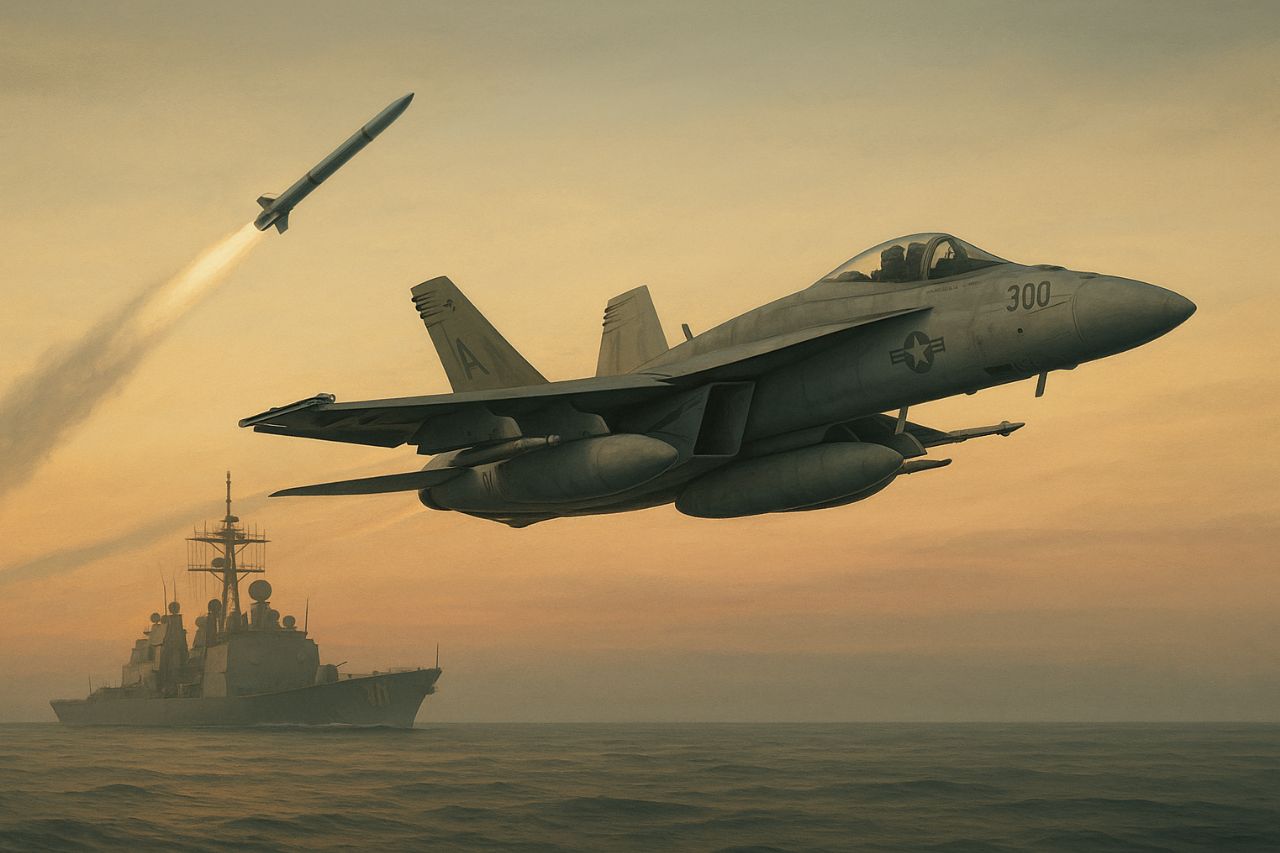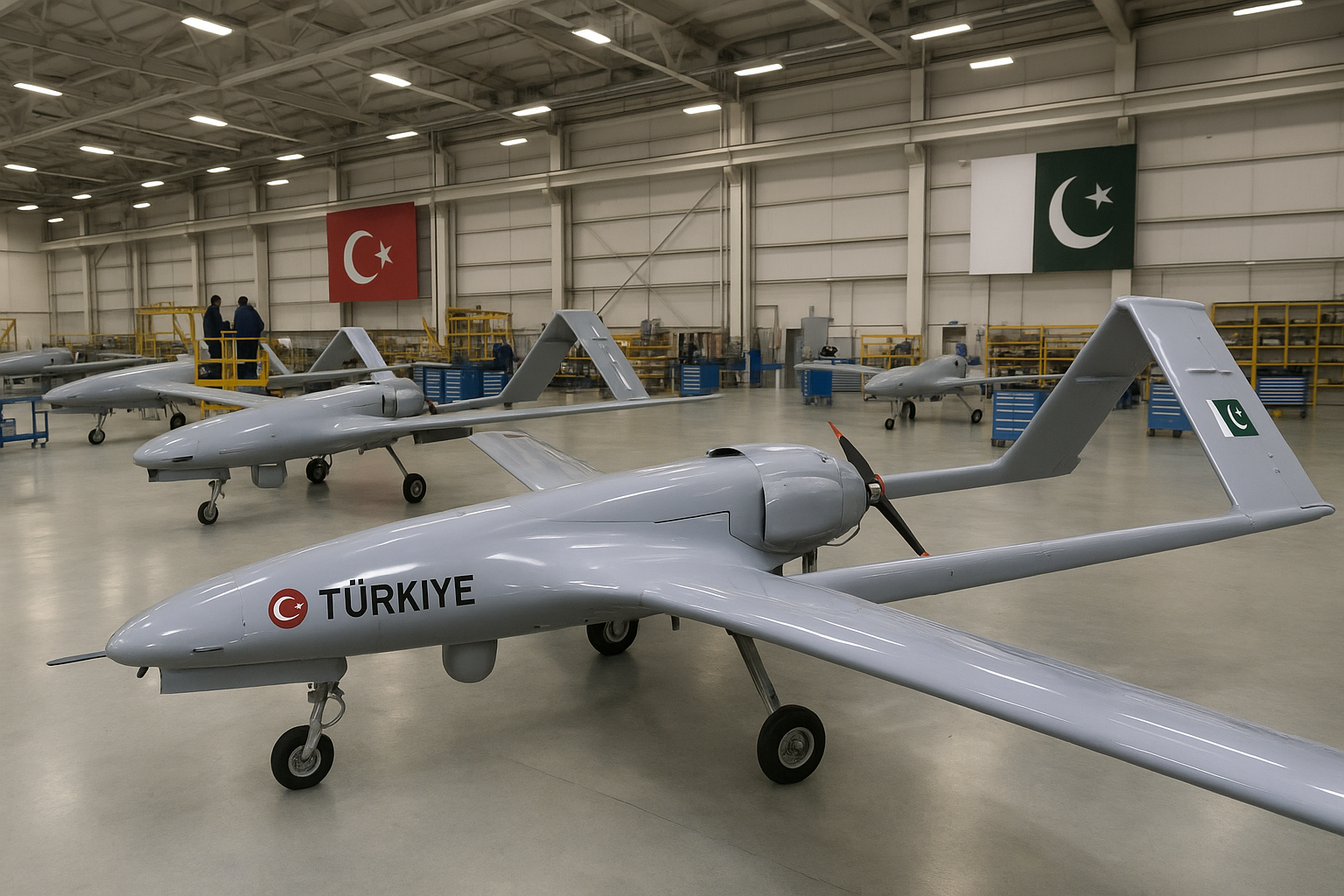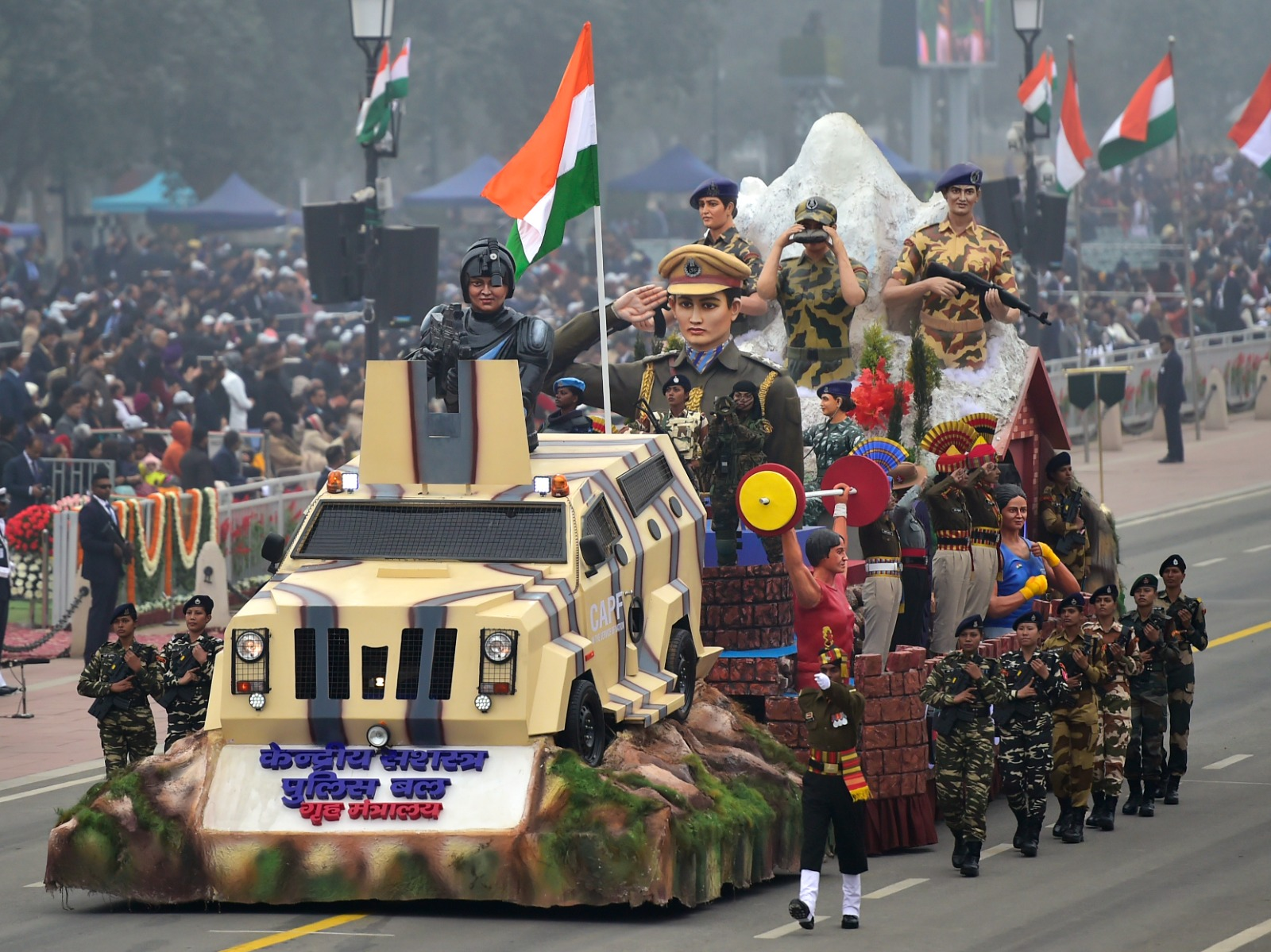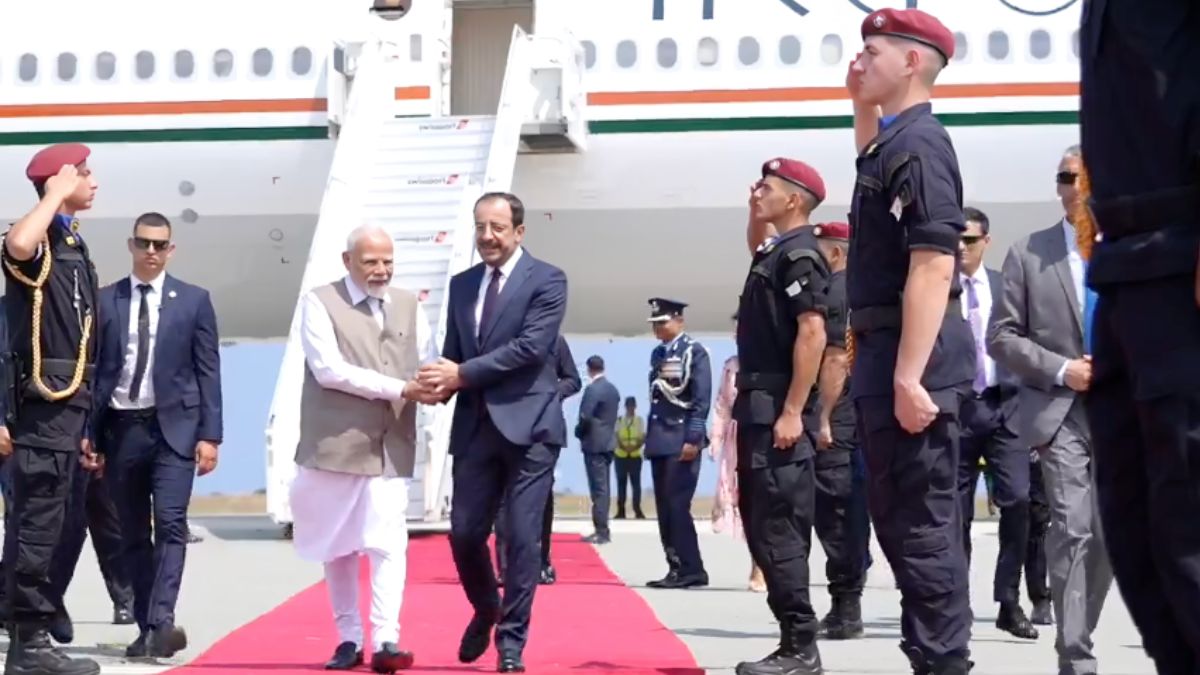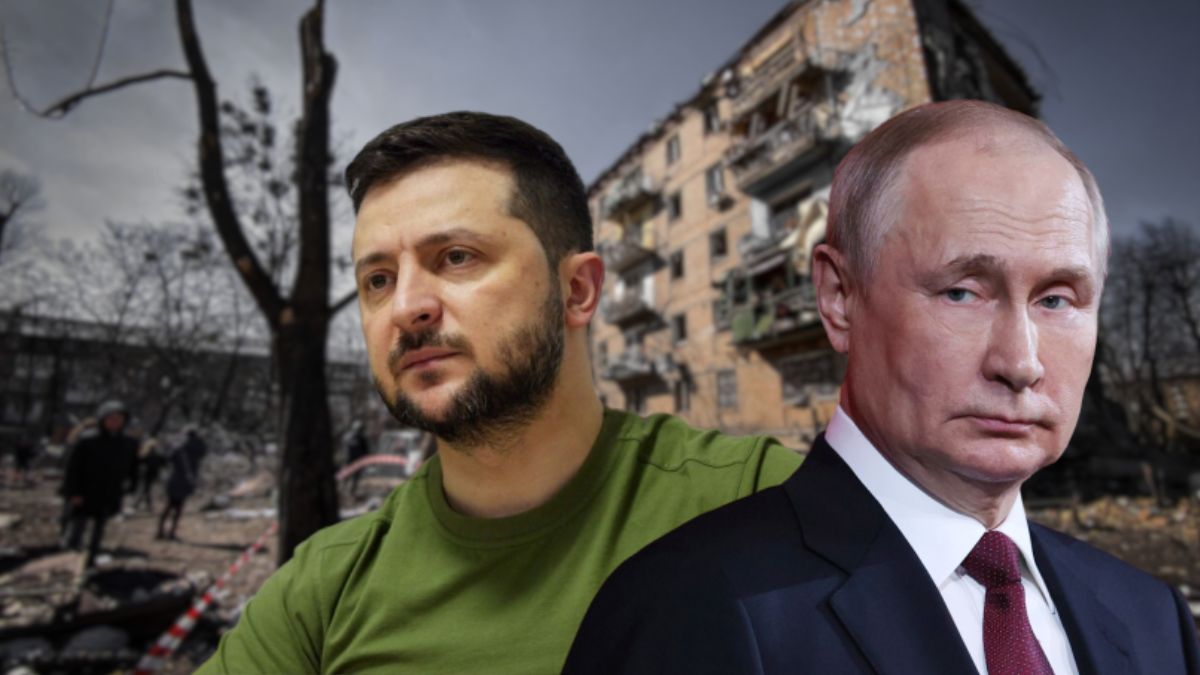‘Completely And Totally Obliterated’: US Joins Israel-Iran Conflict; Bombs 3 Nuclear Sites
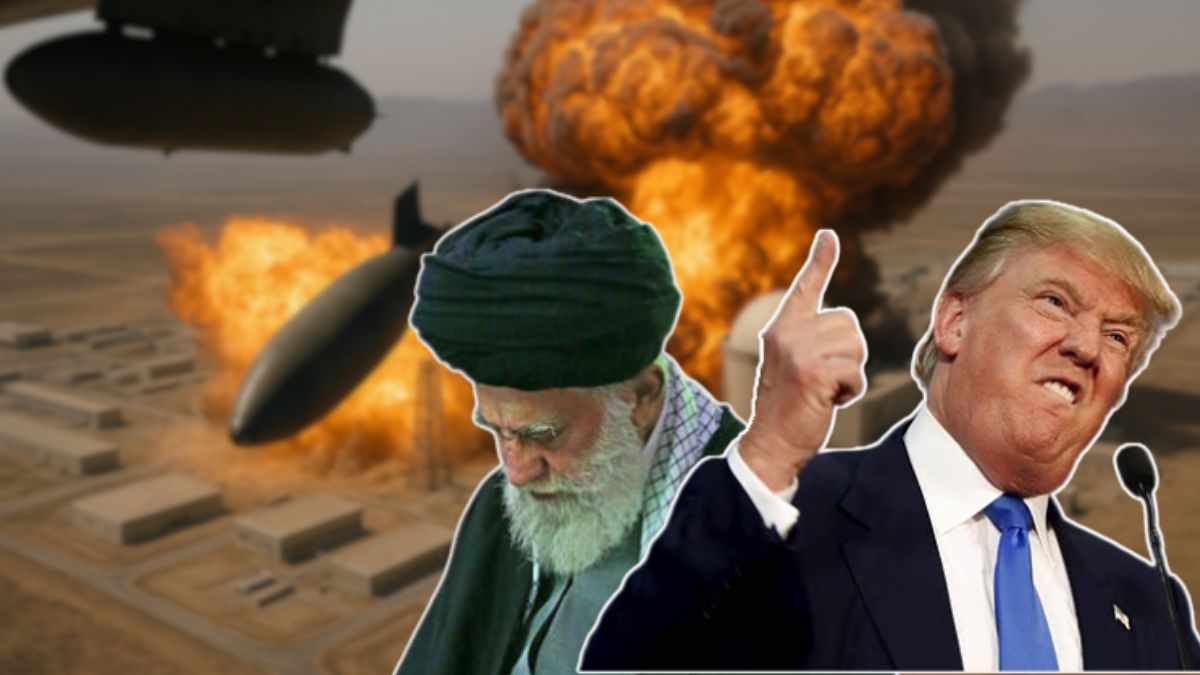
US President Donald Trump announced attacks on Iranian nuclear facilities, and demanded that Tehran seek peace now. Image courtesy: RNA
In a stunning escalation of hostilities in the Middle East, US President Donald Trump on Sunday confirmed that the United States had carried out a coordinated military strike on three of Iran’s nuclear facilities— Fordow, Natanz, and Isfahan.
The attacks mark a critical turning point in the already volatile Iran-Israel conflict, raising fears of a full-blown regional war.
Why did the US target Iran now?
President Trump announced that US forces launched precision strikes on Iran’s Fordow, Natanz, and Isfahan nuclear facilities to “completely and totally obliterate” Iran’s uranium enrichment capabilities.
Fordow, located under a mountain near Qom, is Iran’s most heavily fortified enrichment site, capable of housing about 3,000 centrifuges. Centrifuges are used to enrich uranium—fuel for both civilian reactors and, at higher levels, nuclear weapons.
Natanz, Iran’s primary enrichment complex, has nearly 70 cascades of centrifuges, and Isfahan hosts a uranium conversion facility and a fuel fabrication plant.
According to Trump, these strikes were intended to stop Iran from acquiring nuclear weapons and came in coordination with Israel. “Iran, the bully of the Middle East, must now make peace. If they do not, future attacks will be far greater and a lot easier,” he said.
The Pentagon, according to a US official quoted by CNN, used six B-2 stealth bombers to drop a dozen GBU-57A/B “bunker buster” bombs on Fordow. Submarines fired 30 Tomahawk Land Attack Missiles (TLAMs) on Natanz and Isfahan, while two additional bunker busters were used on Natanz.
How is Iran responding to the strikes?
Iran’s Atomic Energy Organization declared that its nuclear program will continue, stating that “despite the evil plots of its enemies… it will not let the path of development of this national industry be stopped.”
Hossein Shariatmadari, a senior adviser to Supreme Leader Ayatollah Khamenei and editor of the state-aligned Kayhan newspaper, called for immediate retaliation. “Without hesitation or delay, as a first step we must launch missile strikes on the American naval fleet based in Bahrain and simultaneously close the Strait of Hormuz,” he said on Telegram.
The closure of the Strait of Hormuz—a crucial chokepoint for global oil shipments—would severely disrupt international energy markets.
Meanwhile, Yemen’s Huthi rebels, part of Iran’s “Axis of Resistance,” have also threatened to attack US vessels in the Red Sea. The group has already targeted Israeli-linked ships since the Gaza conflict erupted in 2023.
Will US-Iran hostilities escalate?
The global response has been one of deep alarm. United Nations Secretary-General Antonio Guterres described the US strikes as “a dangerous escalation in a region already on the edge,” urging restraint and warning against “a spiral of chaos.”
In Washington, political reactions were divided. Hakeem Jeffries, the top Democrat in the House of Representatives, criticized Trump’s move as reckless. “President Trump misled the country… and risks American entanglement in a potentially disastrous war in the Middle East,” Jeffries said.
Hamas condemned the strikes as “blatant US aggression” and “a flagrant violation of international law,” aligning with Tehran’s narrative that the attacks threaten global peace and security.
Despite the Pentagon’s successful execution of the strike, previous reports—including one by The Guardian—noted that Trump had been hesitant, owing to doubts over the effectiveness of bunker busters against fortified Iranian sites.
What happens next?
With both sides trading threats, analysts warn that further military action could spiral into regional war. Trump hopes the strikes will force Iran to choose peace. But Iran’s rhetoric— and its alliance with regional proxy forces— suggest it is preparing for asymmetric retaliation.
If Iran responds by targeting US forces or shipping lanes, Washington may respond with broader military engagement. The region remains highly volatile, and diplomatic avenues appear narrow.
Whether the attack halts Iran’s nuclear program or accelerates its pursuit is now a pressing question for both policymakers and global security analysts. One thing is certain: the risk of regional conflict just grew dramatically.
